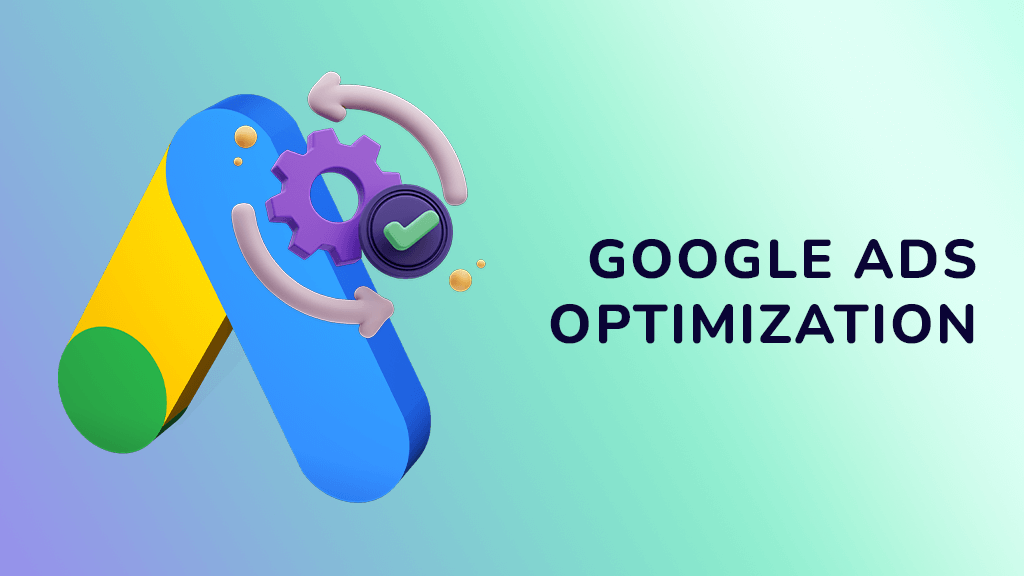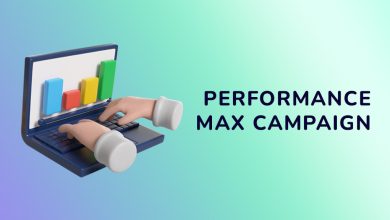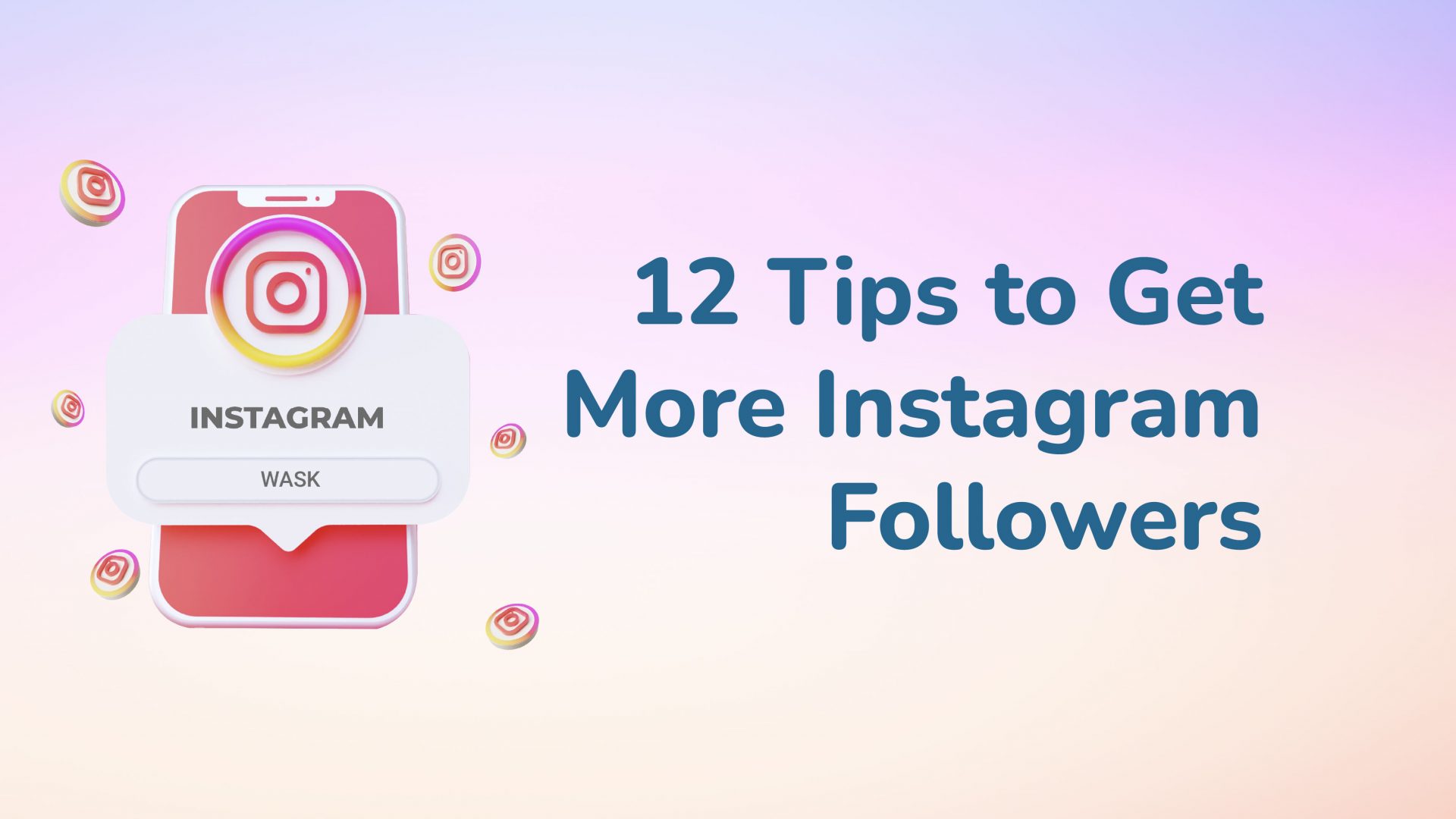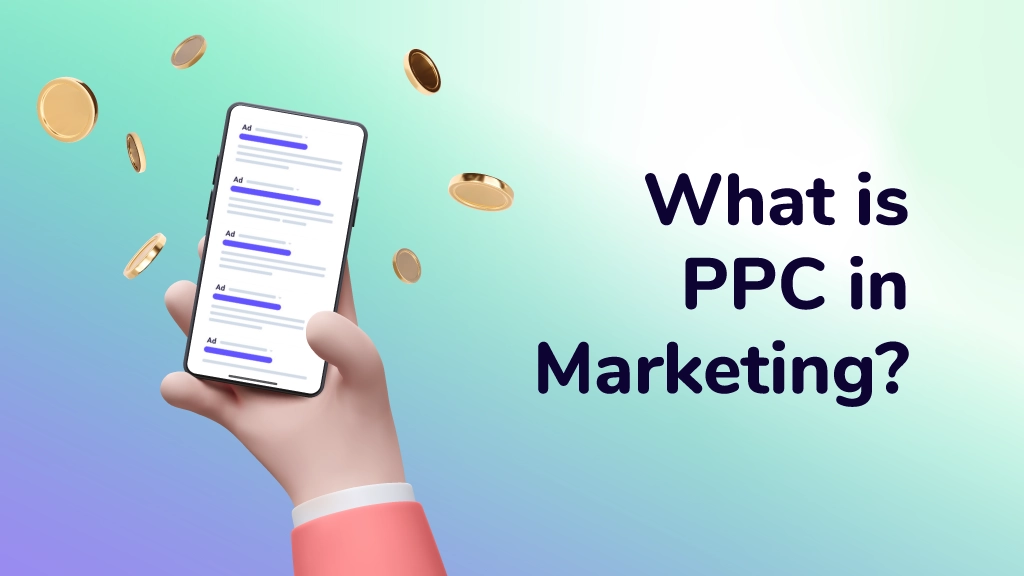How to Optimize Google Ads?

Table of Contents
- What is Google Ads Optimization?
- 10 Google Ads Optimization Tips
- 1. Use Negative Keywords for Campaign Optimization
- 2. Research Keywords Carefully for Optimized Targeting
- 3. Analyze Performance In-Depth
- 4. Target Specific Audiences Using RLSAs
- 5. Create Compelling Ad Copy
- 6. Analyze Your Competitors
- 7. Dive into Google Analytics and In-Market Segments
- 8. Perform Effective Bid Management
- 9. Make Use of Ad Extensions
- 10. Take Advantage of Google Ads Optimization Tools
- Google Ads Optimization Checklist
Google Ads optimization is essential for achieving success in the highly competitive world of digital advertising. As businesses try to improve their digital presence, Google Ads stands out as a powerful tool, but its true potential lies in the ongoing process of optimization.
Whether you’re a seasoned advertiser or just starting your journey into digital advertising, understanding the aspects of Google Ads optimization is key to increasing the efficiency and impact of your advertising campaigns.
Google Ads Bid Optimization allows advertisers to fine-tune their bidding strategies, ensuring that their budget is allocated efficiently for maximum ROI. Speaking of budgets, Budget Optimization is also an important aspect that demands regular assessment and adjustment, enabling advertisers to allocate resources effectively across campaigns. Also, Keyword Optimization plays an important role in increasing ad relevance and visibility.
In this comprehensive guide, we’ll dive into practical tips and insights, ensuring that you not only create compelling ads but also improve and optimize them over time. Let’s explore the details of Google Ads optimization together, empowering you to make the most out of every advertising opportunity.
What is Google Ads Optimization?
Google Ads optimization is a dynamic and strategic approach to increasing the performance of advertising campaigns on the Google Ads platform. This ongoing process involves fine-tuning various elements, including keywords, ad copy, landing pages, and settings, to ensure that ads not only reach the targeted audience but also achieve meaningful results.
At its core, optimizing Google Ads is about making data-driven adjustments to improve the overall efficiency and effectiveness of your campaigns. This includes conducting thorough keyword research to identify relevant and high-performing keywords.
Creating compelling ad copy that matches the target audience is equally important, and A/B testing different ad variations helps determine the most effective messaging.
Optimizing landing pages is an important aspect of the process, focusing on providing a seamless user experience and ensuring alignment with the ad content. Ad extensions, such as site links and callouts, are additional tools that advertisers use to improve their ads and encourage user engagement.
Quality Score improvement is a key metric in Google Ads optimization, influencing ad placement and cost-effectiveness. By enhancing ad relevance, click-through rates, and landing page experiences, advertisers can achieve a higher Quality Score, leading to better overall campaign performance.
Bid management is another important component, involving the regular review and adjustment of bidding strategies. This includes exploring automated bidding options and setting bid adjustments based on factors like device, location, and time of day.
Ad schedule optimization focuses on analyzing performance data to identify peak times for the target audience. Adjusting ad schedules accordingly ensures that the budget is allocated more effectively during high-converting periods.
Conversion tracking is used to measure the success of campaigns. By analyzing conversion data, advertisers gain valuable insights that inform decisions about budget allocation and campaign adjustments.
Negative keyword management is an ongoing activity that involves updating the list of negative keywords to prevent ads from showing for irrelevant searches. This increases targeting precision and improves the overall quality of traffic.
Competitor analysis plays a strategic role in Google Ads optimization. Keeping an eye on competitors’ strategies allows advertisers to make informed adjustments to their own campaigns, identifying areas for improvement and differentiation.
Google optimization is a comprehensive and continuous process that requires continuous refinement and adaptation. By implementing these strategies, advertisers can navigate the complexities of online advertising, improve campaign performance, and achieve better results on the Google Ads platform.
10 Google Ads Optimization Tips

Optimizing your Google Ads is essential for increasing the impact of your advertising efforts. Let’s take you on a journey to increase the efficiency and effectiveness of your campaigns. Here are ten best practices for optimizing Google Ads:
1. Use Negative Keywords for Campaign Optimization
Employing negative keywords is a strategic move that can significantly optimize your targeting and improve the relevance of your ads. Negative keywords act as a filter, preventing your ads from showing up for specific terms that might not align with your campaign goals.
Regularly reviewing and updating your list of negative keywords is essential to ensure that irrelevant searches do not trigger your ads. This tactic increases the precision of your targeting, reduces ad spending on irrelevant clicks, and ultimately contributes to a more cost-effective and focused advertising strategy.
2. Research Keywords Carefully for Optimized Targeting
Starting a successful Google Ads campaign begins with careful keyword research. This comprehensive process involves identifying and selecting keywords that align closely with your business objectives and engage with your target audience.
By using tools such as Google Keyword Planner, advertisers can identify high-performing keywords and stay on top of shifts in search trends. Regular and comprehensive keyword research ensures that your ads are not only visible but also appear in response to relevant user queries.
3. Analyze Performance In-Depth
In Google Ads, the key to continuous improvement lies in the in-depth analysis of campaign performance. Regularly navigating the Google Ads dashboard and evaluating data on clicks, impressions, and conversions enables advertisers to make informed decisions.
By understanding the intricacies of campaign performance, you can identify areas for optimization, optimize your strategy, and ensure that every advertising budget has the most possible impact.
4. Target Specific Audiences Using RLSAs
Exploring the potential of your Google Ads optimization strategy involves a detailed approach to audience targeting. Remarketing Lists for Search Ads (RLSAs) is a strategic tool that allows you to tailor your ad messaging for users who have previously interacted with your website.
Implementing RLSAs enables a more personalized advertising experience, as you can adjust bids and customize ad content based on the specific behavior and preferences of your remarketing audiences. By strategically targeting users who have shown interest in your offerings, RLSAs contribute to higher engagement and conversion rates.
5. Create Compelling Ad Copy
Your ad copy serves as the first point of interaction with potential customers, making it a critical factor in influencing their decision to click. Your ad copy should align seamlessly with the search intent of your target audience. Understanding the needs and queries users express in their searches allows you to tailor your messaging effectively.
Incorporating relevant keywords naturally into your ad copy not only increases your ad’s visibility but also signals its relevance to the user. Testing different ad variations is a key strategy to identify what resonates best with your audience. Experimenting with diverse headlines, descriptions, and calls-to-action enables you to pinpoint the most compelling combinations.
6. Analyze Your Competitors
Understanding and staying ahead of your competitors is an essential strategy for Google Ads optimization. Regularly monitoring competitor ads, keywords, and landing pages provides a crucial benchmark for understanding industry trends and audience preferences. This observation not only keeps you informed but also allows you to make data-driven decisions.
Identifying areas for improvement and differentiation is a key outcome of competitor analysis. You can ensure that your campaigns stay relevant and engaging with this strategic move. Also, it helps you stand out in the competitive digital marketing world.
7. Dive into Google Analytics and In-Market Segments

Diving into Google Analytics and leveraging in-market segments is a strategic approach to Google Ads optimization. It allows you to gain deeper insights into user behavior, preferences, and interactions with your website. Understanding these metrics allows you to create ad content that engages with your target audience, ultimately improving the effectiveness of your campaigns.
Exploring in-market segments within Google Ads provides valuable data on users actively researching and considering products or services similar to yours. By aligning your ads with these in-market segments, you can strategically position your offerings in front of users who are more likely to convert.
8. Perform Effective Bid Management
Bid management holds the key to unlocking the full potential of your advertising efforts. Google Ads bid management not only optimizes your campaign strategy but also helps you achieve the highest return on investment.
Bid management involves the strategic review and adjustment of bidding strategies to ensure your ads stay competitive in the digital marketing world. Regularly adapting your bidding approach is important for staying ahead, especially when considering the evolving behavior of online users and the competitive nature of ad auctions.
Experimenting with automated bidding options, a feature provided by Google Ads, further improves bid management capabilities. Automated bidding allows advertisers to leverage machine learning algorithms to adjust bids in real time, aligning with performance metrics and campaign goals.
9. Make Use of Ad Extensions
Using ad extensions strategically emerges as a game-changing tactic to increase the impact and visibility of your advertisements. Ad extensions provide users with additional information and encourage more engagement with your ad content.
Ad extensions take various forms, including site links, callouts, and structured snippets, offering a flexible toolkit for increasing the informational depth of your ads. Using these extensions not only increases the size of your ad but also provides users with more context about your products or services.
Testing different extension types is a valuable practice to assess their impact on ad performance and user interaction. This experimentation allows advertisers to identify the most effective combination of extensions that appeal to their target audience, resulting in higher engagement and click-through rates.
10. Take Advantage of Google Ads Optimization Tools
In Google Ads, achieving optimal campaign performance involves a strategy that combines using specialized platforms with the integration of third-party Google Ads optimization tools. These platforms, including YouTube, Display Network, and Gmail ads, serve as targeted avenues to reach diverse audience segments.
For instance, YouTube provides a visually engaging space for video content, allowing advertisers to create attractive messages. The Display Network connects various websites, offering a wide reach for visually appealing display ads. Gmail ads allow for direct interaction with users through their email inboxes, creating a personalized and intimate connection.
Simultaneously, the integration of third-party optimization tools expands the limits of campaign management. These tools provide advanced bid management capabilities, offering streamlined control for optimizing bidding strategies to maximize returns.
Insightful analytics beyond the standard Google Ads platform data allow advertisers to make informed decisions based on a comprehensive understanding of campaign performance. Also, automation features streamline routine tasks, saving time and resources while ensuring consistent optimization efforts.
By seamlessly integrating these approaches, advertisers can execute a holistic and impactful advertising strategy. The targeted nature of specialized platforms aligns with the expansive capabilities introduced by the Google Ads optimization software, creating a synergy that optimizes Google Ads campaigns for efficiency and effectiveness.
In wrapping up these Google Ads optimization tips, it’s like putting together pieces of a puzzle to make your ads work better. Each tip is like a tool in your digital toolbox, helping you better optimize your Google Ads campaigns and get the most out of them.
So, as we move on to the next part about the checklist, think of it as a roadmap to keep you on the right track in this digital advertising journey. Let’s go ahead and see how this checklist can be your guide to making your Google Ads shine.
Google Ads Optimization Checklist
Now that we’ve explored the tips to optimize your Google Ads strategy, it’s time to put those insights into action with a practical guide, the Google Ads Optimization Checklist. This checklist serves as your go-to roadmap, making sure that you cover all the bases and fine-tune your advertising campaigns for maximum effectiveness.
Refine Keywords for Optimal Performance

Begin your Google Ads optimization journey with a careful examination of your keywords. Aim for a quality score between 7 and 10, strategically pausing those with lower scores to maintain campaign efficiency. Identify and pause underperforming and irrelevant seasonal keywords.
Expand your keyword list with relevant additions, and consider using various keyword match types for a diverse targeting approach.
Revise Ad Group and Account Structure
Make sure that your ad group structure aligns seamlessly with your current proposition. Maintain focused targeting by limiting the number of keywords per ad group to 15-20. Each ad group should include highly relevant keywords, resulting in a clear and logical account structure for streamlined management.
Create Engaging Headlines and Copy
For Google Ads optimization, creating attractive headlines and copy is essential for attracting and engaging your audience. Make sure headlines include target keywords, appeal to emotions, and reflect the content of the landing page. Align site links with their respective landing pages for a seamless user experience.
Your copy should feature an effective call to action, be free of grammar mistakes, and reflect user search intent. Regular adjustments, especially for copy with high CTR but low conversion, ensure ongoing relevance.
Strategically Manage Bids in Google Ads
Effectively managing your bids is a key element of successful Google Ads campaigns. Set accurate spending limits, align bidding goals with specific objectives, and prioritize highly converting ads based on your goals. Implement bid adjustments strategically, prioritizing high-CTR, high-converting copy, and automatically decreasing bids for low-CTR or low-traffic copy.
Execute Comprehensive Google Ads Campaign Optimization
A holistic approach to Google Ads campaign optimization involves diverse strategies. Set up multiple types of conversion tracking to gain comprehensive insights into campaign performance. Regularly monitor ad performance data and leverage historical analytics to identify top-performing targeting factors.
Make sure bid adjustments align with the best-performing ads and use historical data analytics to find valuable search terms. Tailor ads to match search intent and target audience, utilize A/B testing for continuous improvement, and schedule ads for optimal visibility.
Evaluate and Improve Your Landing Page
Your landing page is the final destination for users, and its optimization is important for campaign success. Make sure everything loads quickly, correct display of visual elements on all devices, and seamless functionality on desktop and mobile.
Align landing page content with ad keywords, clearly communicate your offer above the fold, and prominently display the CTA button. Carefully test the contact form, and set up conversion tracking for all actions leading to conversions.
By methodically following this Google Ads Optimization Checklist, you set the stage for a finely tuned advertising strategy. Each step contributes to campaign success, from keyword optimization and structural alignment to effective bid management and landing page optimization. Implementing these strategies ensures your Google Ads not only capture attention but also convert clicks into valuable leads.
In conclusion, mastering Google Ads optimization is an ongoing journey that combines strategic planning with adaptability. The tips provided for optimizing Google Ads serve as a strong foundation for success. The Google Ads Optimization Checklist acts as a practical roadmap, emphasizing the continuous nature of the optimization process.
Remember, the goal is not just to attract clicks but to convert them into valuable leads while maintaining a balance between costs and outcomes. By embracing ongoing experimentation and staying updated on industry trends, your Google Ads campaigns will not only capture attention but also drive meaningful conversions. Here’s to your success in the ever-evolving world of digital advertising!

What is a Good Optimization Score for Google Ads?
Generally speaking, a good optimization score for Google Ads is 80% or higher. This score, provided by Google, reflects how well your campaigns are optimized. Aim for a higher score as it indicates that you are effectively implementing recommended best practices and maximizing the potential of your advertising efforts.
How to Optimize your Google Ads Account With a Low Budget?
Optimize a low-budget Google Ads account by targeting high-value keywords, creating attractive ad copy, utilizing ad extensions, focusing on Quality Score, refining geographic targeting, monitoring performance regularly, exploring niche audience targeting, and experimenting with ad scheduling. These strategies help make the most of limited budgets, ensuring efficient and effective campaign outcomes.
How Often Should You Optimize Your Google Ads?
Regular optimization is important for Google Ads’ success. Aim to optimize your campaigns weekly, reviewing key metrics, adjusting bids, refining ad copy, and incorporating new keywords. Frequent optimization ensures your ads stay relevant, your budget is maximized, and you capitalize on evolving market trends. Adjust the frequency based on campaign goals and performance, with continuous monitoring for ongoing success.




Thanks again for the article post.Thanks Again. Will read on…
Thanks for your kindness Bernardo.
A big thank you for your article.Really looking forward to read more. Awesome.
Thanks J, stay tuned!